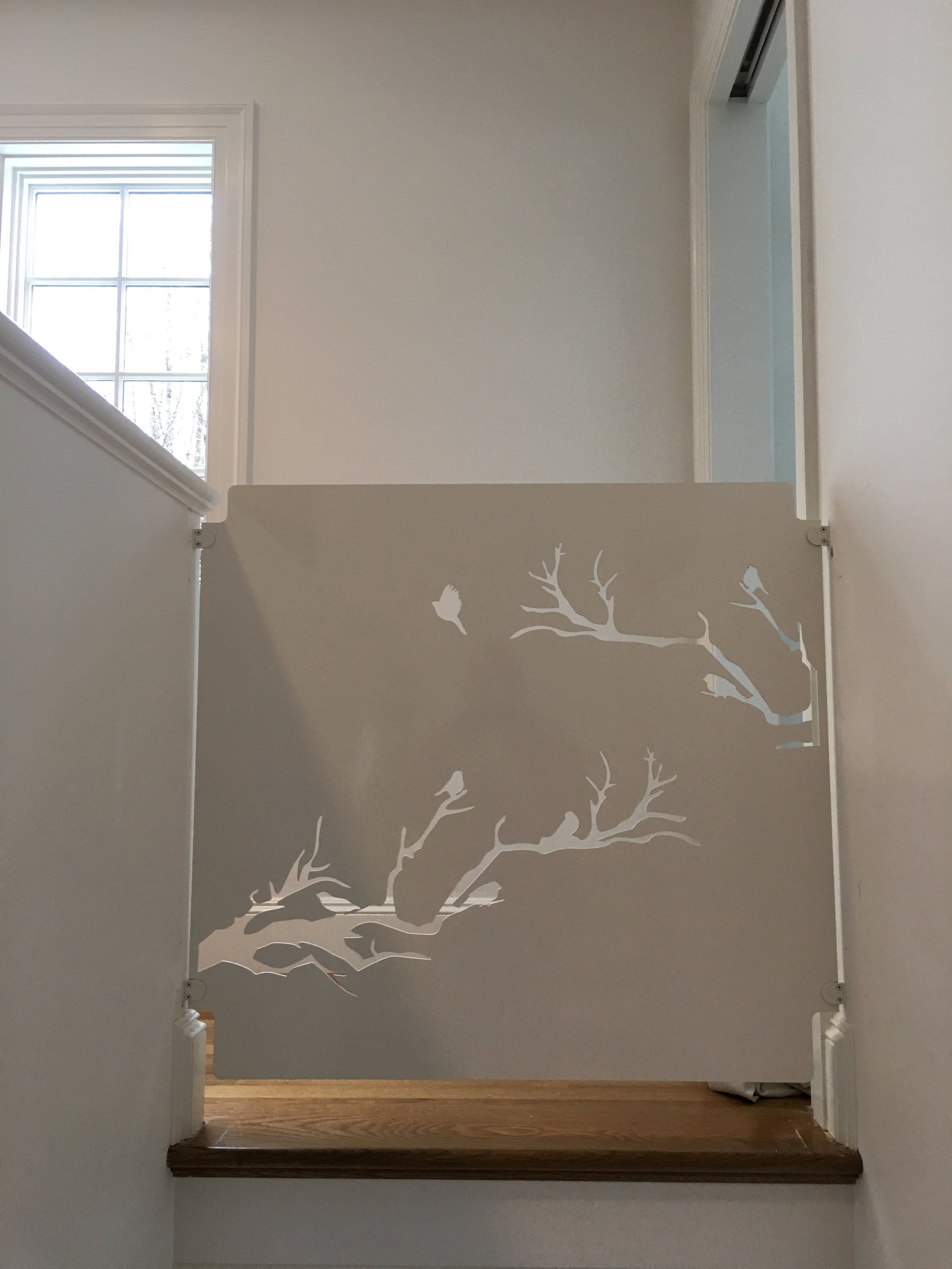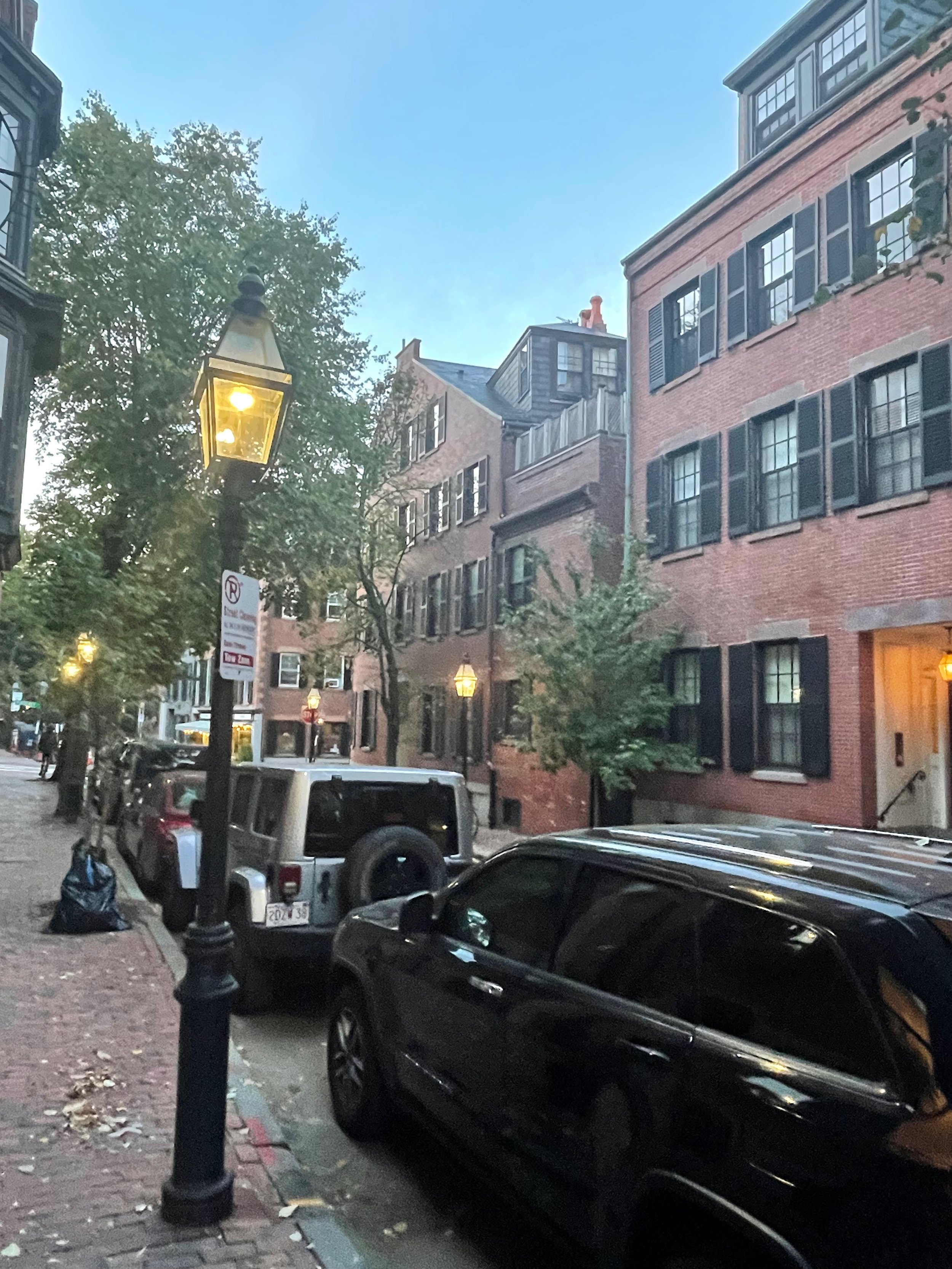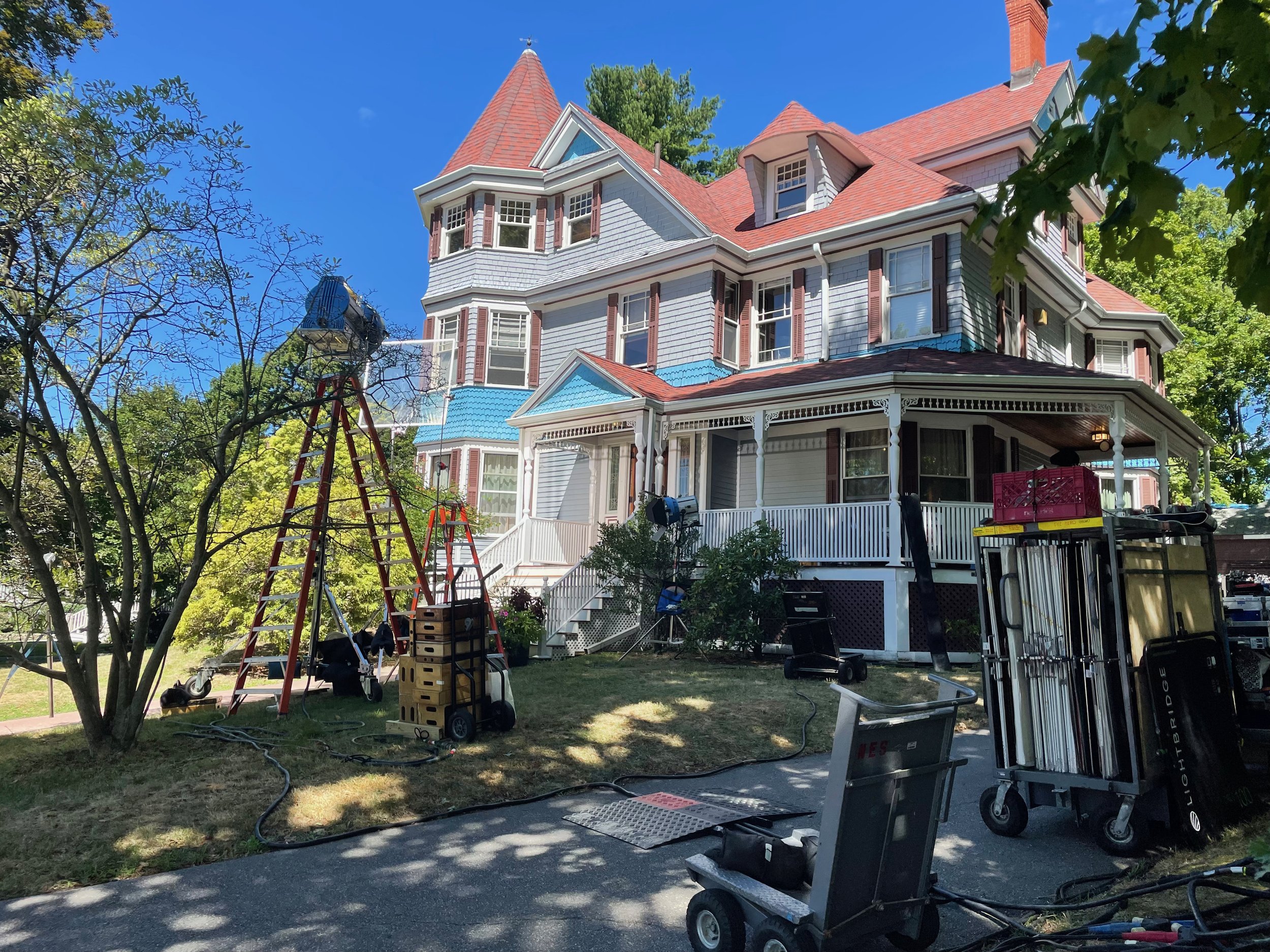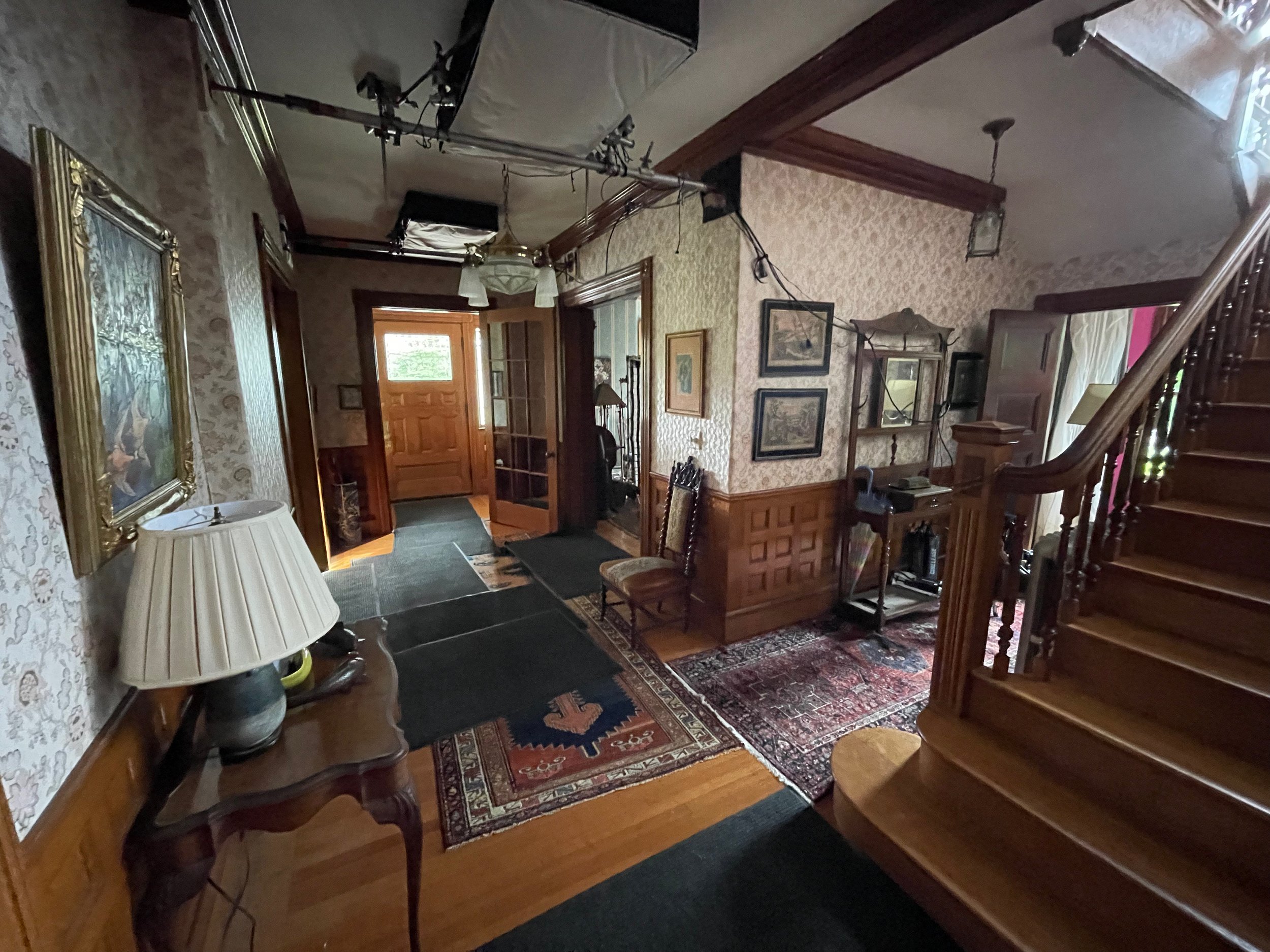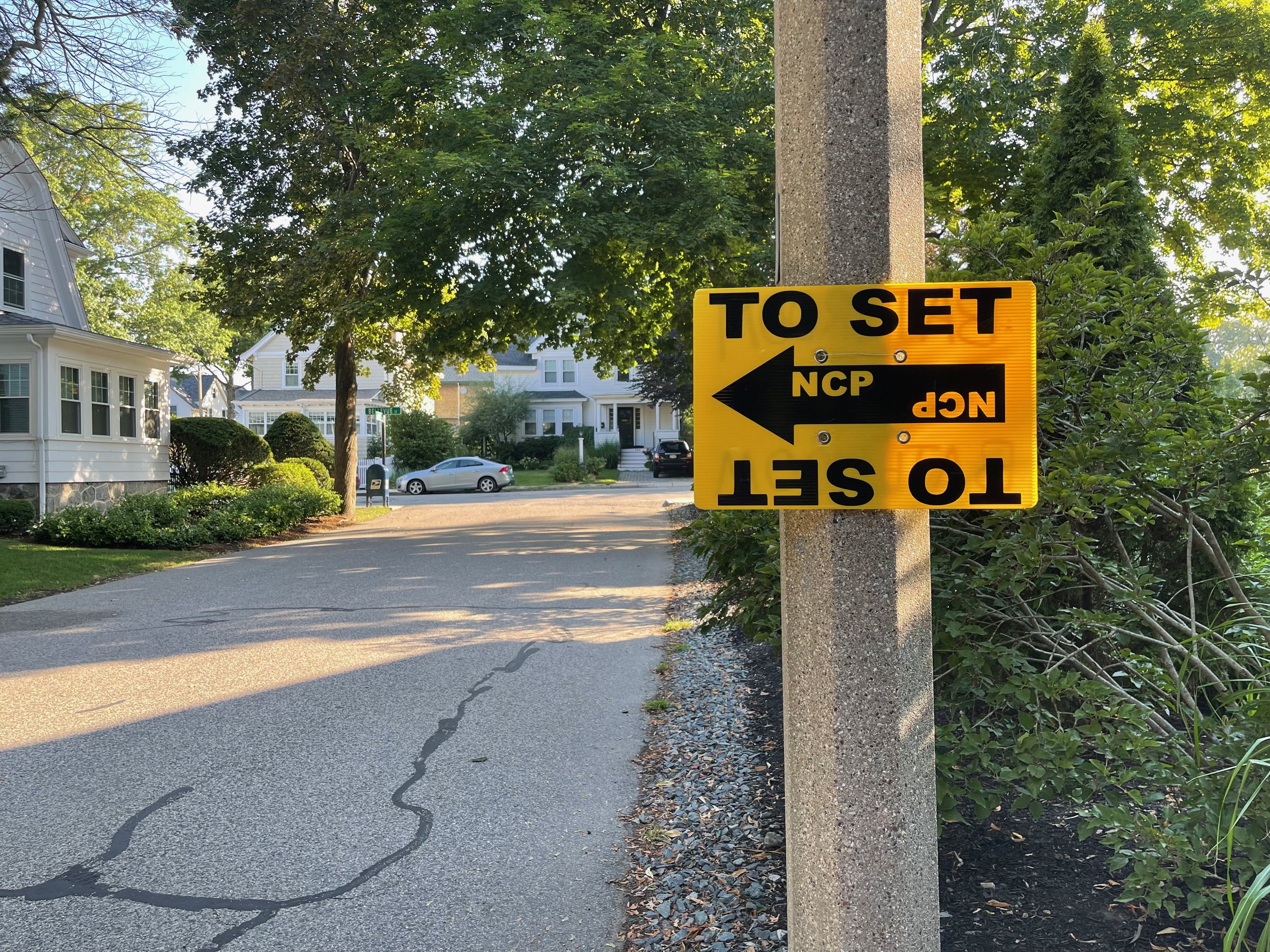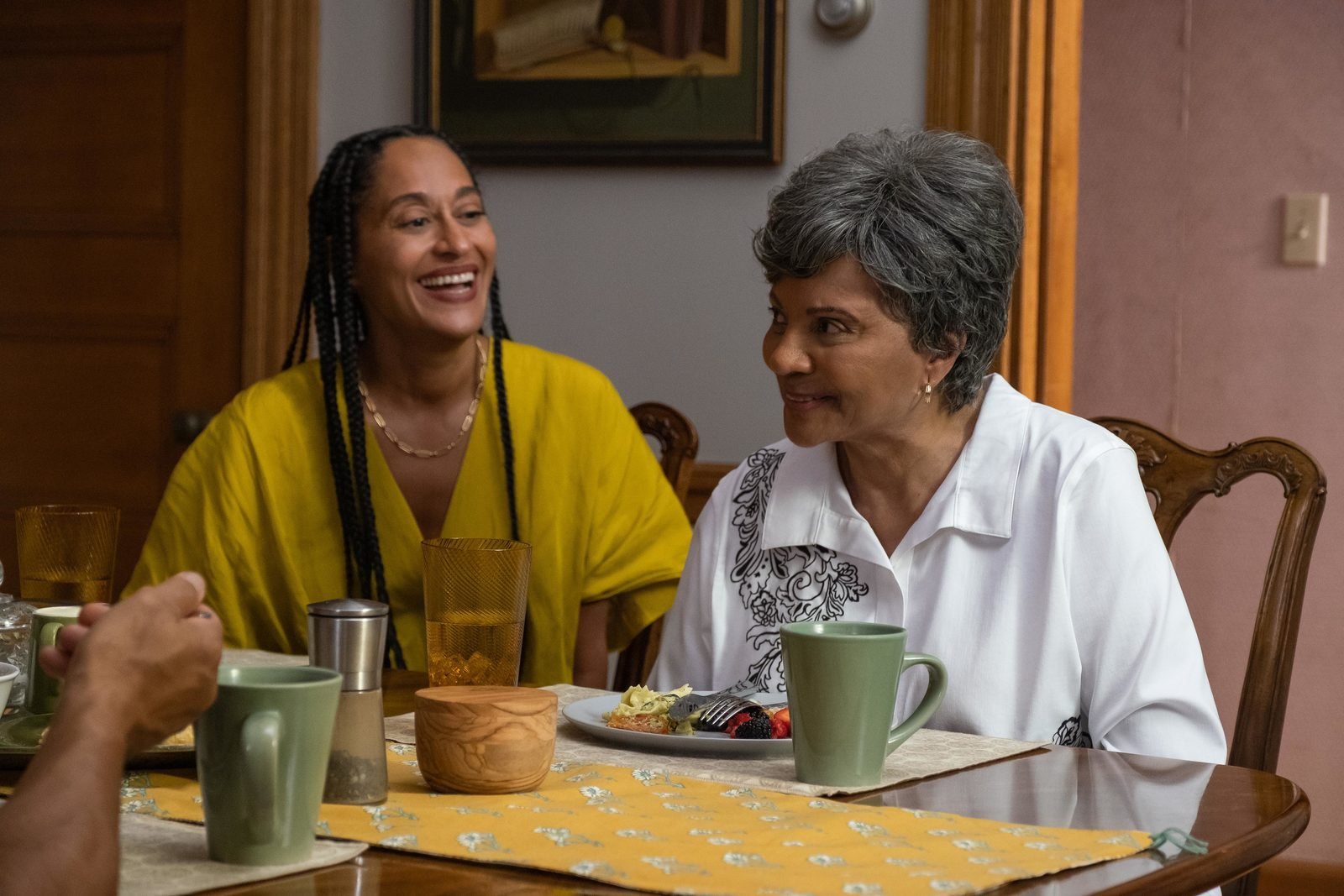When you have to tell a client that their budget is not going to get them past first base
Sometimes the most loving thing you can do as an architect is shut down the conversation — or at least redirect it. A case in point: I was “dating” a lovely couple who lived in one of the tony “W” suburbs west of Boston. They were interesting, culturally attuned, sensitive — just really nice people. And they had a budget of $1.5 million to put an addition on their home. After conducting a viability + zoning study, measuring the house, and developing a schematic design, I was able to assure them that the money they had set aside was enough — until they decided that they needed a fully finished basement under the addition rather than simply a crawl space.
The wife wanted to be able to grow plants throughout the year that thrived in her native Brazil, which would require maximizing the glazing on the walls and roof. She wanted a studio to do her artwork. They both wanted an exercise room.
They didn’t believe me that the changes wouldn’t come at significant cost, so I brought in three GCs, all of whom estimated between $2.2 and $2.5 million. It was at that point the couple realized the residence wasn’t going to be their forever home and decided to just re-do the bathrooms and move on.
I was able to help them figure this out for just $15,000 rather than what it would have cost had I done a complete set of drawings. That was intentional. I do my work in phases to allow people to discover whether there is a “there” there. I want them to be in charge of their checkbook.
The first phase doesn’t just involve a study, measurements, and preliminary design work. It also entails a realistic look at the numbers. As described in my Project Planning Guide (you can reach out to me for a PDF), having $1.5 million to spend doesn’t mean you have enough for a $1.5 million project. It’s more than prudent to put some of the money aside for unavoidable contingencies, fees for a survey and potential legal advice, even a line item for new furniture and perhaps an exterior paint job depending on what is being done.
If it looks like the money will cover the desired project once these and related adjustments are made, I proceed to phase 2: design development, construction documentation, and construction administration.
If it doesn’t look like the money will be enough, it’s important to take a step back and reassess. In this case described here, I didn’t break up with the couple. It just became clear that this wasn’t our time.




